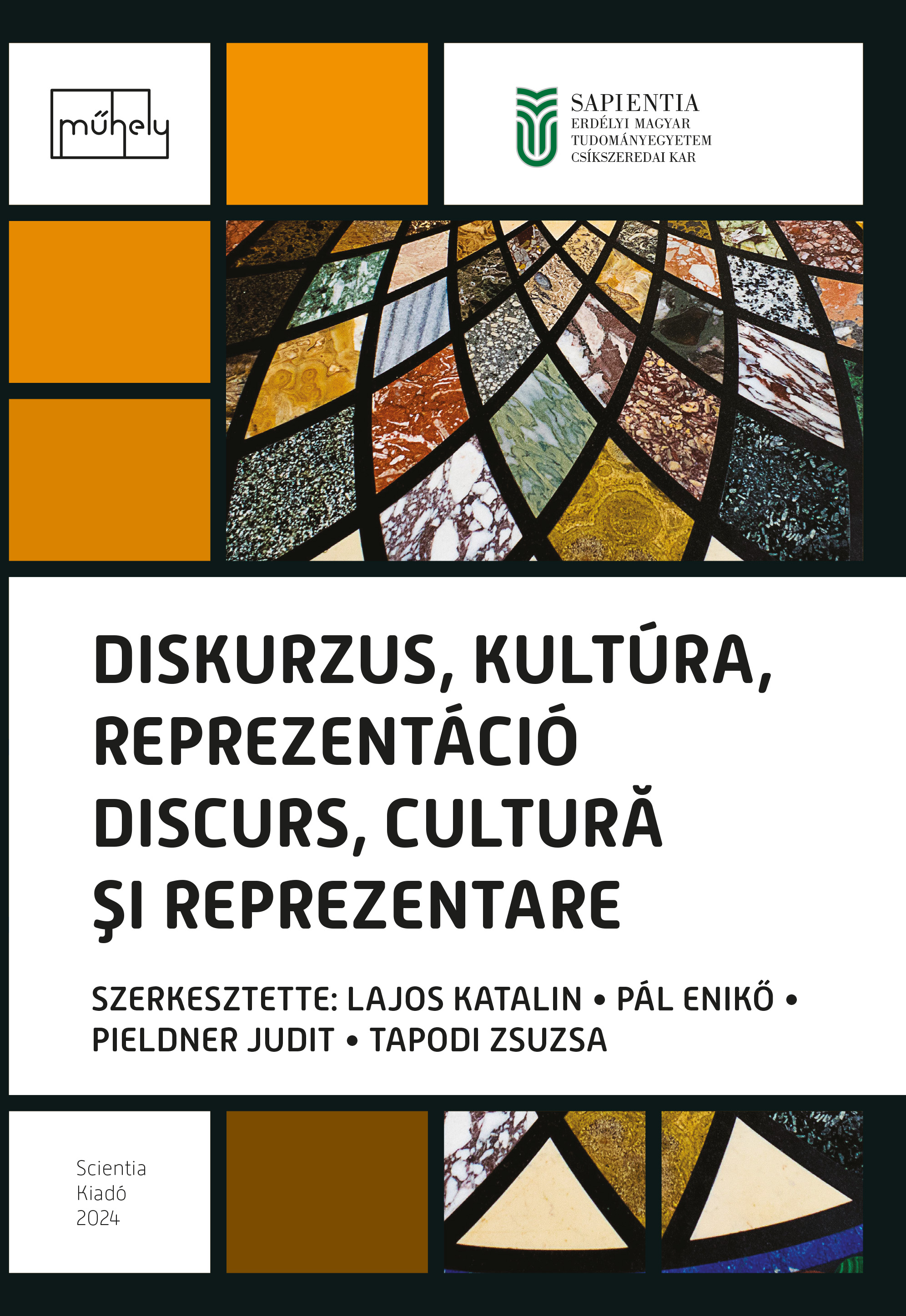IPOSTAZELE UNUI CAVALER MEDIEVAL ÎN OPERE DE ARTĂ
IMAGE OF A MEDIEVAL KNIGHT IN WORKS OF ART
Author(s): Zsuzsa Tapodi
Subject(s): History, Local History / Microhistory, Middle Ages
Published by: Scientia Kiadó
Keywords: Saint Ladislau’s legends; pictorial and literary representations; changes in the reception of works;
Summary/Abstract: László I (Sainct Ladislau, 1040–1095) is the most popular of the Hungarian saints, a true medieval athleta Christi, who fought against the pagan Cumaeans and Pechenegs. His name is linked in Hungarian folklore with the legend of the formation of the Turda Gorge, saying that the land was opened between the king and the Cumaeans who pursued him. Another episode of his legend is immortalized by the murals of thirty churches in Transylvania, which capture the duel with the Cumaean host for the release of the kidnapped girl. The message of the legend is the triumph of Christianity over the pagans. At the same time, the freckles bear a much older and universal symbolism: the triumph of light over darkness. A romantic reinterpretation by Mihály Vörösmarty from 1825 evokes the battle presented on the frieze from a unique perspective, which is related to a scene presented in the church of Sepsikilyén (Chileni). A reincarnation of the legend of Prince Csaba is the miracle of this holy king. The Hun prince descends into the Milky Way to help his Szekler descendants whenever they need support. According to this legend, the equestrian statue of King László of Oradea comes to life and appears at the head of the Hungarian armies during their battle with the Tatars in 1241. János Arany’s 1853 poem reinterprets this legend.The paper tries to find answers to the following questions: what was the symbolism of the figure of the king when the friezes were made? what did it mean to evoke him in the period of national Romanticism? what do these works of art represent from the perspective of the contemporary receiver?
Book: Diskurzus, kultúra, reprezentáció / Discurs, cultură şi reprezentare
- Page Range: 187-199
- Page Count: 13
- Publication Year: 2024
- Language: Romanian
- Content File-PDF

